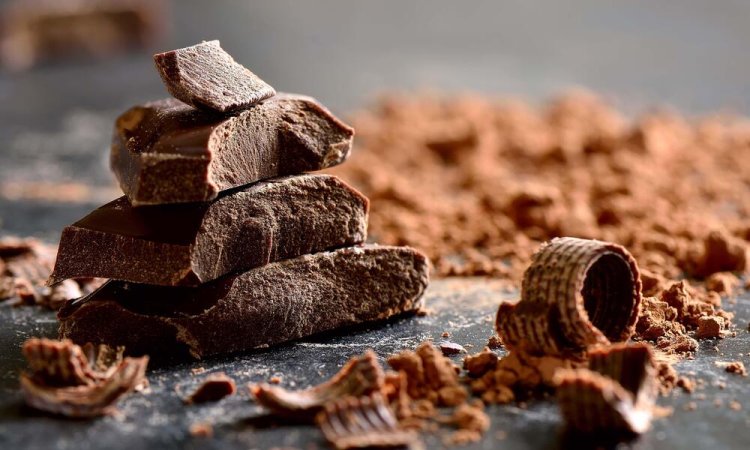Chocolate's Role in Combating Climate Change
In a factory in Hamburg, Germany, cocoa bean shells are transformed into a valuable black powder that has the potential to help combat climate change.

In a factory in Hamburg, Germany, cocoa bean shells are transformed into a valuable black powder that has the potential to help combat climate change. This substance, known as biochar, is created by heating the cocoa husks at a high temperature without oxygen. The process not only locks in greenhouse gases but also produces a product that can be used as a fertilizer or as an ingredient in the production of environmentally-friendly concrete.
Although the biochar industry is still in its early stages, experts believe that this technology provides a new and innovative way to remove carbon dioxide from the atmosphere. The United Nations' Intergovernmental Panel on Climate Change (IPCC) suggests that biochar could potentially capture 2.6 billion out of the 40 billion tonnes of CO2 emitted each year by humanity.
However, there are challenges in scaling up the use of biochar. The carbon cycle is being reversed through this process, as stated by Peik Stenlund, CEO of Circular Carbon. The biochar factory in Hamburg, one of the largest in Europe, receives cocoa shells from a nearby chocolate factory through a network of pipes. The biochar captures the CO2 contained in the husks, a process that can be applied to other plants as well. If the cocoa shells were disposed of conventionally, the carbon within the unused byproduct would be released into the atmosphere during decomposition. Instead, the carbon is stored in the biochar for long periods of time.
According to David Houben, an environmental scientist at the UniLaSalle institute in France, one tonne of biochar can store the equivalent of 2.5 to three tonnes of CO2. Biochar was previously used by indigenous populations in the Americas as a fertilizer before being rediscovered by scientists in the 20th century due to its benefits for soil fertility in the Amazon basin. Its sponge-like structure enhances crop growth by increasing water and nutrient absorption by the soil.
In Hamburg, the biochar factory emits a faint smell of chocolate and uses the heat from its pipework to warm the facility. The final product is packaged in white sacks and sold to local farmers in granule form. Farmers like Silvio Schmidt, who grows potatoes near Bremen, hope that using biochar will improve nutrient and water availability in their sandy soils.
The production process, called pyrolysis, also generates biogas, which is sold to the neighboring factory. Each year, the plant produces 3,500 tonnes of biochar and up to 20 megawatt hours of gas from 10,000 tonnes of cocoa shells. However, scaling up this production method to meet the IPCC's expectations is challenging. To ensure that the system stores more carbon than it emits, local production with minimal transportation is necessary. Additionally, not all types of soil are suitable for biochar, as it is more effective in tropical climates and the raw materials for its production may not be readily available everywhere. The cost of biochar, around 1,000 euros ($1,070) per tonne, can also be a barrier for farmers.
To maximize the use of biochar, other applications need to be explored. For example, the construction sector could incorporate biochar in the production of environmentally-friendly concrete. To make the biochar business financially viable, companies have come up with the idea of selling carbon certificates. These certificates can be purchased by companies seeking to offset their carbon emissions by supporting the production of a specific amount of biochar.
The inclusion of biochar in the regulated European carbon certificate system has led to significant growth in the sector, according to CEO Stenlund. His company plans to open three new sites for biochar production in the coming months. Biochar projects are also multiplying across Europe, with production expected to nearly double to 90,000 tonnes this year.
What's Your Reaction?
















